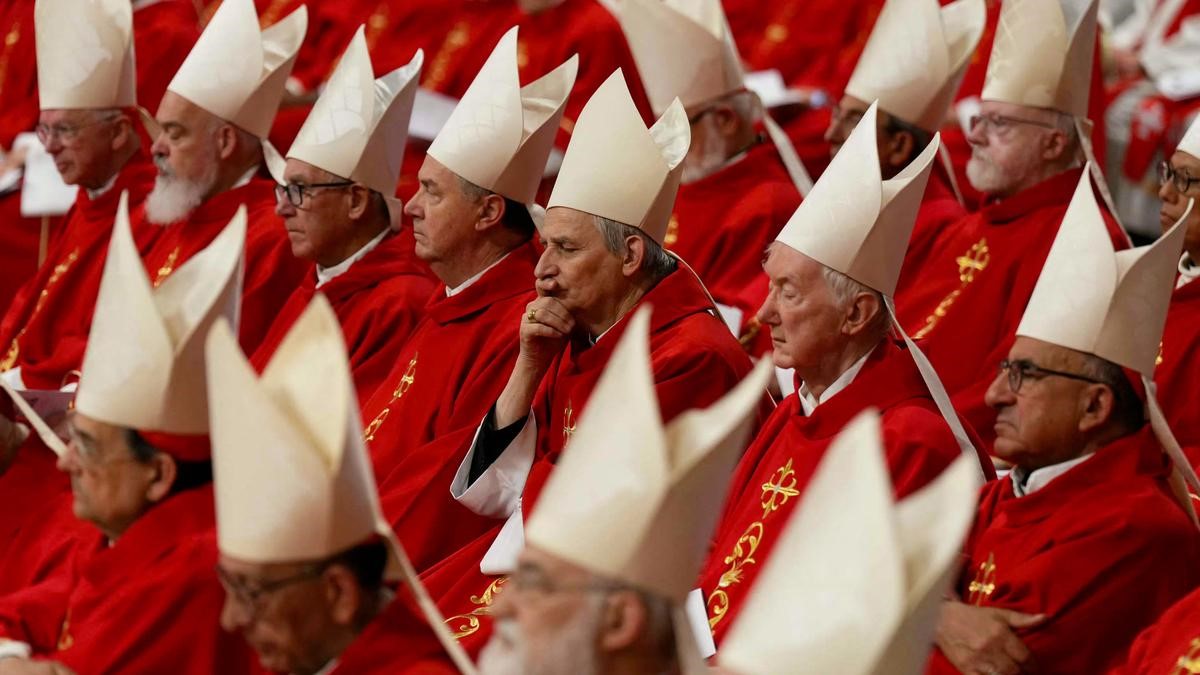Papal Conclave 2025: Legacy, Divisions and Uncertainty
Papal Conclave 2025: Legacy, Divisions and Uncertainty
Why in the News ?
Following Pope Francis’s death on April 21, the Catholic Church has entered the sede vacante, triggering the process for the Papal Conclave. With deep ideological divisions and a transformed cardinal electorate, the choice of the next Pope remains unpredictable.
How the Papal Conclave Functions
- Governed by Universi Dominici Gregis (UDG), ensuring secrecy and isolation inside Vatican City.
- Cardinals under 80 vote; others may influence during pre-conclave congregations.
- A two-thirds majority is required, pushing consensus and compromise.
- Voting is private and deeply spiritual, with cardinals swearing an oath of conscience.
- Key influencers or “great electors” play major behind-the-scenes roles in alliance-building.
Legacy of Pope Francis and Electoral Shifts
- Pope Francis appointed ~80% of the voting cardinals, altering Church politics.
- Shift from European dominance (now 39.3%) to a more global South representation.
- Asia-Pacific, Latin America, and Africa saw increased presence; Latin America still underrepresented.
- Cardinals from peripheries bring new priorities: poverty, migration, interfaith dialogue.
- Many are socially conservative yet aligned with Francis on social justice.
Key Issues and Divisions within the Church
- Ideological rift: Reformists support synodality and inclusion; Conservatives seek doctrinal clarity.
- Fiducia Supplicans, allowing blessings for same-sex couples, faces Global South resistance.
- Role of women, clerical celibacy, and abuse crisis remain pressing issues.
- Vatican-China relations, internal financial reform, and climate leadership are geopolitical tests.
- No clear front-runner; the outcome hinges on complex internal dynamics.




